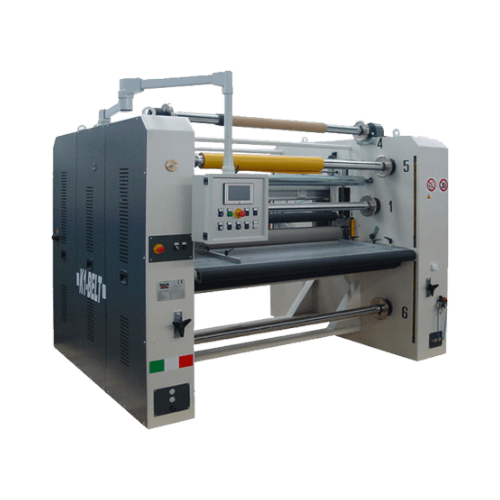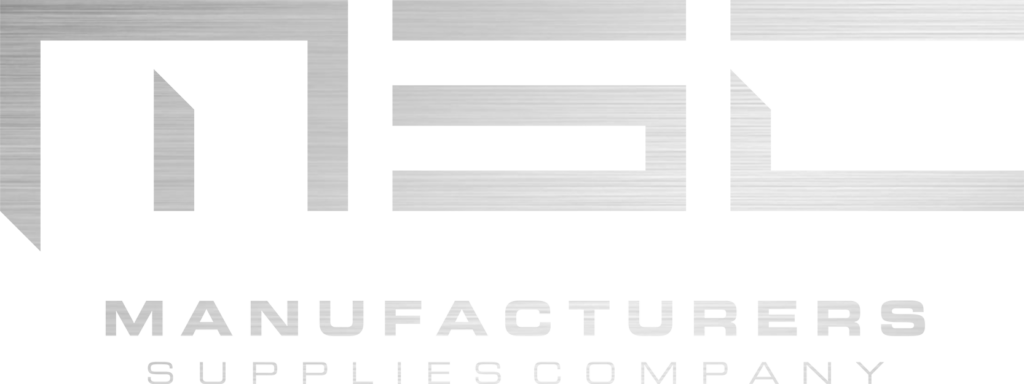IMESA
Model K1 Belt
The K1 Belt is specifically designed for sheet-to-sheet applications. It can laminate materials onto foam or other materials such as rubber, melamine, EPDM, polypropylene, polyethylene, polyurethane, etc.

The K1 Belt is specifically designed for sheet-to-sheet applications. It can laminate materials onto foam or other materials such as rubber, melamine, EPDM, polypropylene, polyethylene, polyurethane, etc. Thanks to the special material conveyor system, it ensures optimisation of all sheet-to-sheet applications, integrating them with slitting or cross cutting systems. Depending on the applications and materials, contactless sensors are also available to detect the presence, thickness and colour of the sheets.
- Laminator machine with heatable rollers with integrated cutting system
- Conveyor belt for material transport
- Contactless sheet-control sensors available for: presence, thickness, colour (depending on materials and applications)
- Electronically controlled speed up to 20 m/min.
- Roller temperature heated up to 90° C
- Available for material widths from 1600 mm to 2100 mm
Customisable to customer specification with the following devices:
- Slit shear razor blade cut or crush cutting system
- Cross cutting with motorised blade or “flying cut”
- Expanding air shafts (Ø 50-153mm 2-6”)
- Liner Remover
- Scraps removal device
- Input systems using table, roller conveyor, conveyor belt or “pick and place” system
- Material output using table, roller conveyor, conveyor belt or automatic “pick and place” system
- External unwinders managed by PLC
- Automatic alignment system through contactless sensors
- Speed and tension control managed by PLC
Downloads
- Description
- Technical Specifications
- Optional
The K1 Belt is specifically designed for sheet-to-sheet applications. It can laminate materials onto foam or other materials such as rubber, melamine, EPDM, polypropylene, polyethylene, polyurethane, etc. Thanks to the special material conveyor system, it ensures optimisation of all sheet-to-sheet applications, integrating them with slitting or cross cutting systems. Depending on the applications and materials, contactless sensors are also available to detect the presence, thickness and colour of the sheets.
Imesa Laminator Configurations for Acoustic & Thermal Insulated Panels, Interiors, Gaskets & Technical Components
- Automotive
- Aerospace
- Insulation
- Flooring/Roofing
Imesa Model KK1 T LC TC F: Hot oil double side laminator, with slitting and continuous cross cutting unit and external rewinder. This machine can laminate material (foam, felt and similar) with thermal adhesive/foil and standard PSA. The lamination calendar is composed of an upper and lower fluoropolymer covered steel roller, with a thermal oil heating system, adjustable up to 445 F..
The longitudinal slitting system is specifically designed for thick foam materials up to 150mm in thickness. The system works with 360mm powered circular knives cutting on a squared nylon counterblade. The automatic transversal cross cutting device can sheet the material at different speeds and at different set lengths, “following” the material… the system has a “double trim” option, to get a (clean) cut on the first and the last edge of the sheets.
Imesa Model K1 DS TC Belt: Double side laminator with entrance feeding conveyor, transversal cross cutting unit and two exit rewinders. This laminator is suitable to laminate stretchy material (such as EPDM foams) in both rolls or sheets thanks to the entrance conveyor belt checked by a brushless motor with adjustable inclination to avoid the curling effect. When laminating sheets, the FTC sheet presence sensor detects the first edge of the sheet allowing the Laminator to transversally cut between the two sheets even when the top surface is laminated.
Imesa Model KK1 DS LC 2 REW: Double sided laminator equipped with a powered unwind, two large diameter calendars, with slitting and external double axis rewinder. This laminating system is ideal to laminate foam and sponge materials (even thick), due to the double calender and the large diameter of the nip rollers (250mm OD). After the slitting station we have a double option for the upper rewinder: |Rewinder| remove a liner from the final product (to rewind the roll without wrinkles), or |Unwinder| laminate the material with another liner or foil. The dual external rewinder can rewind two rolls at 1000mm or a single roll at 1500mm.
Imesa Model KK1 DS LC Pre-cut: Double sided laminator with powered unwind, slitting unit and two exit rewinders. The external unwind is equipped with an AC motor + inverter, dancer bar for loop control and an automatic web guide with +/- 50mm stroke. This laminator has a Pre-cut device capable of cutting the liner (and not the adhesive) and the ability to insert a “tabbing option” between liner and adhesive (similar to an overlap liner). The score cut slitting unit cuts with pressure on a powered steel countershaft, with a minimum slitting width of 25mm and maximum material thickness at 10mm.
- Laminator machine with heatable rollers with integrated cutting system
- Conveyor belt for material transport
- Contactless sheet-control sensors available for: presence, thickness, colour (depending on materials and applications)
- Electronically controlled speed up to 20 m/min.
- Roller temperature heated up to 90° C
- Available for material widths from 1600 mm to 2100 mm
Customisable to customer specification with the following devices:
- Slit shear razor blade cut or crush cutting system
- Cross cutting with motorised blade or “flying cut”
- Expanding air shafts (Ø 50-153mm 2-6”)
- Liner Remover
- Scraps removal device
- Input systems using table, roller conveyor, conveyor belt or “pick and place” system
- Material output using table, roller conveyor, conveyor belt or automatic “pick and place” system
- External unwinders managed by PLC
- Automatic alignment system through contactless sensors
- Speed and tension control managed by PLC



